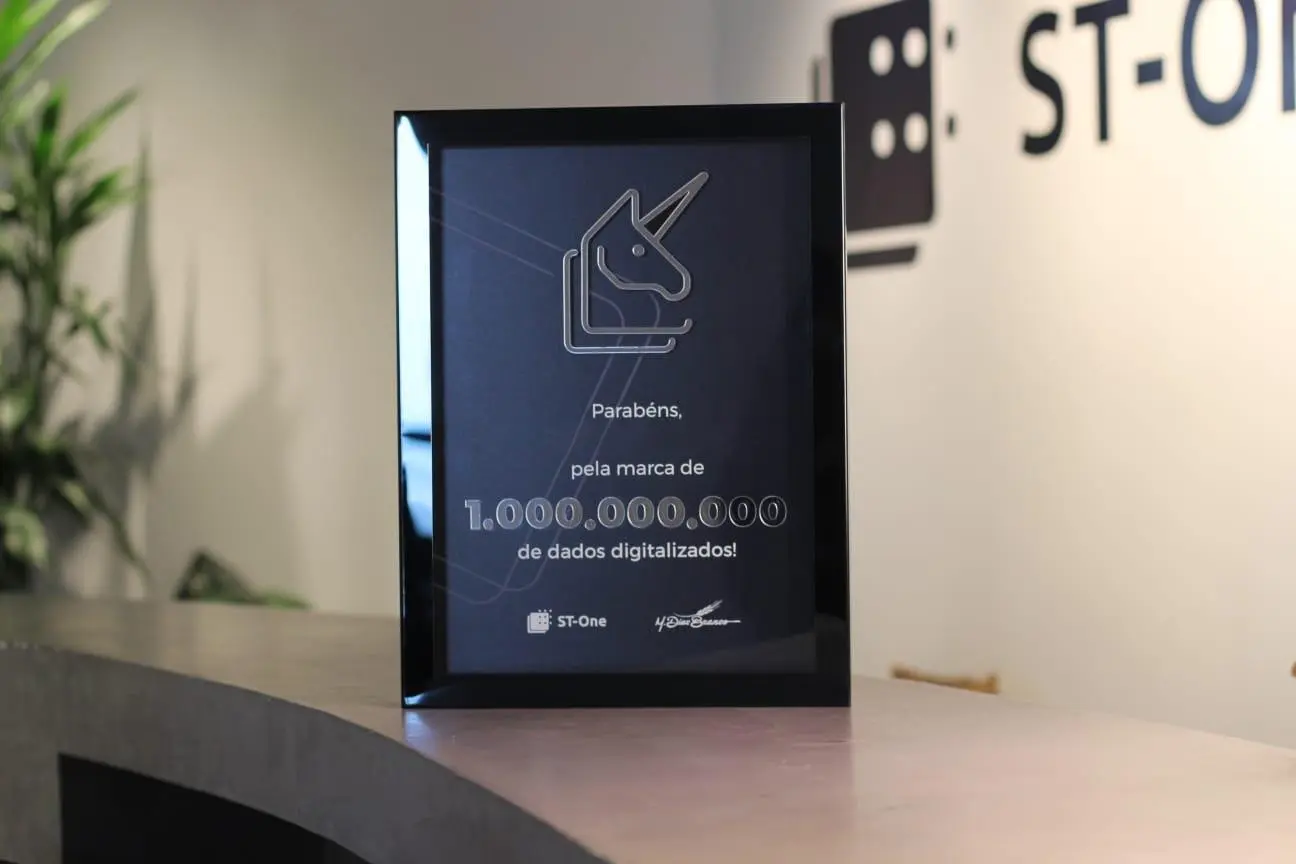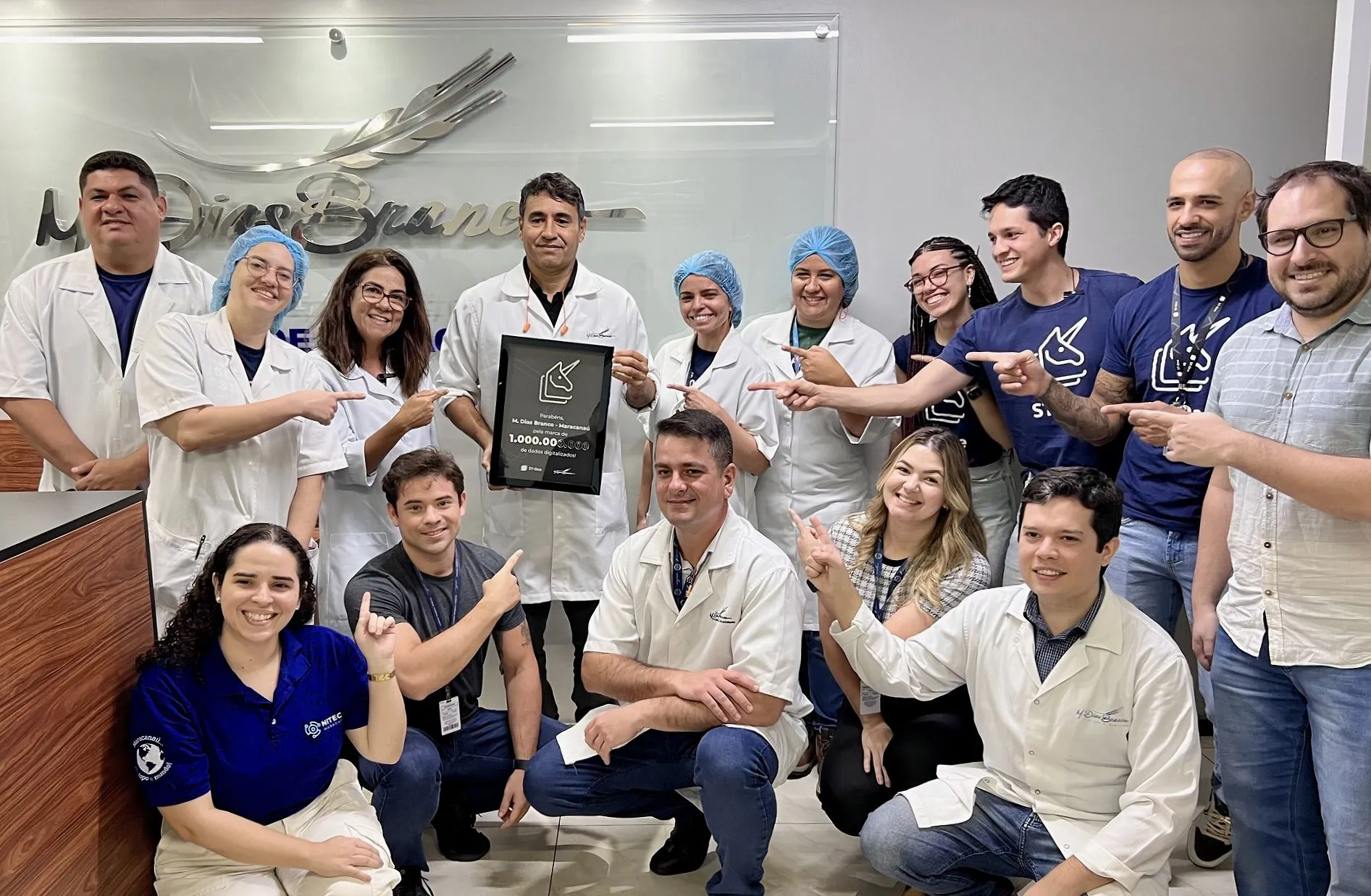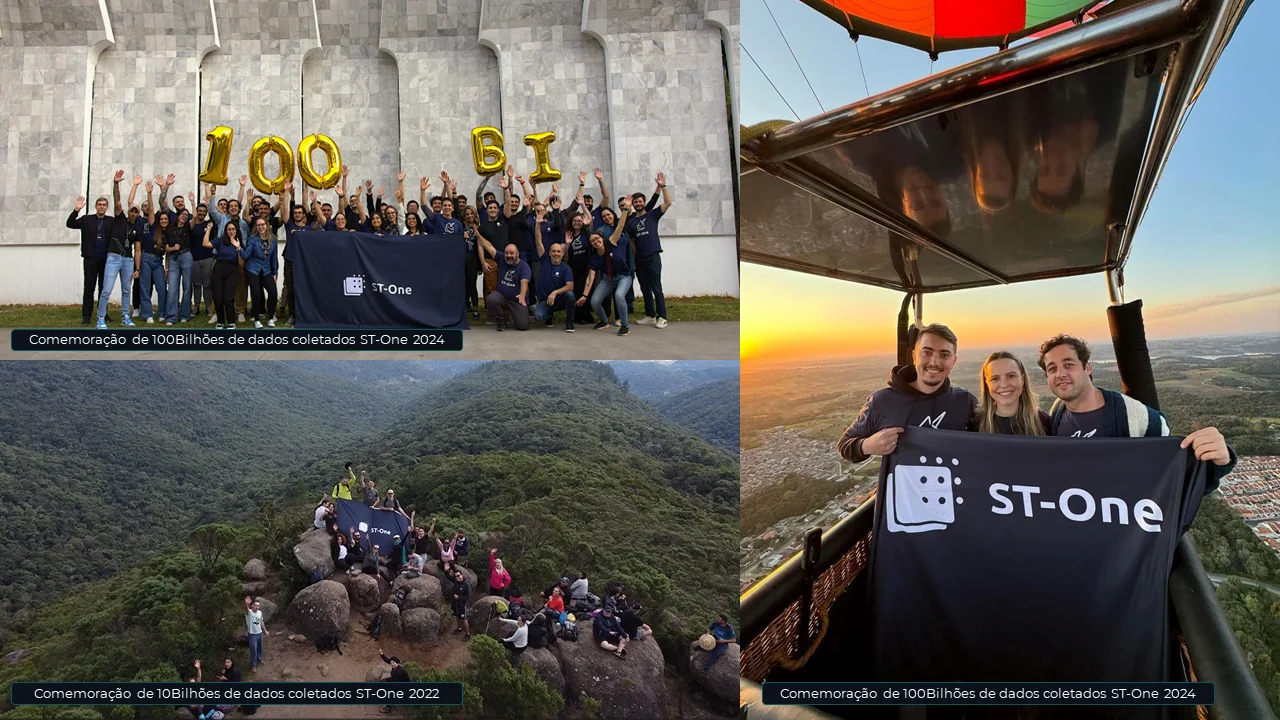In addition to data science, it is also necessary to think about data culture. As its name implies, it refers to the culture within an organization, where data is valued and used in everyday life. For this, they must be embraced by the entire manufacturing ecosystem and always be accessible.
It is true that data-driven culture only tends to grow over time. According to a survey published in the newspaper O Globo (2023), the global Big Data industry is expected to reach around US$ 549.7 billion in 2028. This growth is positive, and shows that more and more innovative industries are looking for disruptive technologies that transform the mode of production. To achieve these goals, it is necessary to implement the data culture in a structured way, choosing to deal with existing data in the best way.
Like any good practice, data culture is an issue that must be dealt with routinely. This is because the more data collected, in a long time, the greater the chances of a more assertive analysis. Thus, there are certain actions the industry can take to view data as the norm, rather than the exception:
- Engage leadership: encourage and offer resources so that line supervisors, or even industrial managers, can visualize the data that moves the industry;
- Identify challenges to face them directly: structure training and provide data monitoring platforms;
- Democratize access: enable dynamic visualization so that different people can contribute to data exploration in a creative way;
Finally, reinforcing the gains that come from data culture helps restart the cycle and keep it alive. This is what ST-One focuses on with the so-called “data unicorn”, highlighting the continuous journey of customers, committed to quality and daily innovation.
What does it mean to be a unicorn startup?
Unicorn startups are new ventures – mostly technology-based – that reach a market valuation of US$ 1 billion before being listed on the stock exchange. The term was first used by Aileen Lee in 2013, when writing the article “Welcome to the unicorn club: learning from billion-dollar startups”. The choice of this name had some motivations, because within mythology it is understood as a reference to a huge feat accomplished by someone. Also, the idea of associating the magical being with business refers to its rare character, which demonstrates how special these startups are.
To achieve this milestone, a startup needs to quickly create organizational strategies that clearly scale its processes and create rules for execution efficiency. The main objective of unicorn companies is to grow exponentially, through fundraising in the market. When it comes to tech startups, they often explore opportunities and develop solutions for specific industries.
On the world stage, the United States concentrates the largest number of unicorn startups. The reason is the prominence of Silicon Valley in the 90s, which led hundreds of companies to surpass US$ 1 billion in revenue. In Brazil this is not much different, because according to InfoMoney Brazilian startups broke a fundraising record in 2021. Compared to the volume of investments in 2020, the following year’s number is three times as many resources. The Brazilian market is highlighted, as it is possible to reconcile an open environment with the high demand for innovations, resulting in a proliferation of startups.

Data Unicorn: A Milestone That Demonstrates Technology and Commitment
ST-One was inspired by the idea of unicorn startups to launch the data unicorn campaign. Customers considered unicorns are those who reach the impressive mark of 1 billion data collected. This record is broken after industries implemented the data culture in their day-to-day production, allowing improvements in various applications.
The data unicorn is a symbol of the industry’s dedication. In partnership with data science, it results in more productivity, better savings in inputs and natural resources. Thus, when a plant is close to becoming a unicorn, the team is already preparing to celebrate this record. This reinforces the reality and the feeling of agility within industries, which are increasingly investing more in new technologies.
In this way, unicorn plants receive a plaque, which makes it clear that users are ahead in terms of technology and innovation. ST-One values collaboration between industry and technology, as it is this partnership that allows us to unlock results. One side contributed with technical expertise and the other with business knowledge, so that data analysis can be applied and add value.

Unicornium for different purposes
An example is M.Dias Branco, which, in addition to having several plants that are data unicorns, broke the record for data decacorn. The industry has been a national leader in pasta and biscuits for more than 7 decades. Among its goals is the implementation of ESG strategies, aiming at sustainable development. Data science, for example, can be used to reduce the use of natural gas in industrial furnaces, among other improvements. Also, data collection helps to ensure product quality. This is because the dashboards developed can monitor essential parameters of the production process, such as temperature and the amount of ingredients used for each recipe.
AB inBev is a multinational beverage and beer company, and is considered one of the largest in the world. It also pursued digitalization and became a data unicorn industry. Among the steps in which the ST-One Solution was installed is the filling line, which provided more visibility during production. It was also used to monitor valves, enabling the implementation of predictive maintenance, which avoids losses of inputs and ensures product quality. This type of strategy results in an increase in efficiency, by reducing downtime due to failures.
Henkel is one of the largest industries in the chemical sector, with more than 145 years of history. Its plants are also a reference in technology and data culture, and have become a data unicorn. The ST-One Solution was installed in several areas, both in production and utilities. In the latter, data monitoring was responsible for reducing the consumption of electricity by equipment and for saving water. In addition to not harming the production flow, the solution allowed insights related to sustainability and resource optimization, which enhanced production efficiency.

ST-One has reached the 100 billion data mark!
The celebration is also from the team that does the real digitalization in the industry, as each user milestone is also a milestone for the startup. ST-One announced on its social networks when it reached the mark of 1 billion data collected, as a way of thanking and showing this achievement. This record was important because it highlighted that this growth was done in conjunction with smart industries.
For the 10 billion, the action was even bigger. To celebrate this milestone, the team got together to climb Morro do Getúlio, where they had the opportunity to experience moments of integration and leisure. The ST-One team has an explorer’s spirit, both for new solutions and to get to know new places, which justifies the choice of the nature environment.
Finally, this year, ST-One is proud to announce the record of 100 billion data collected. Such an achievement cannot go unnoticed, so the employees decided to celebrate in the heights, with a balloon ride. The idea arose from the purpose of enabling the industry to make a leap in productivity.
ST-One thanks all users who trusted the solution, and continues together with the industry to unlock results and connectivity. Learn more about ST-One.